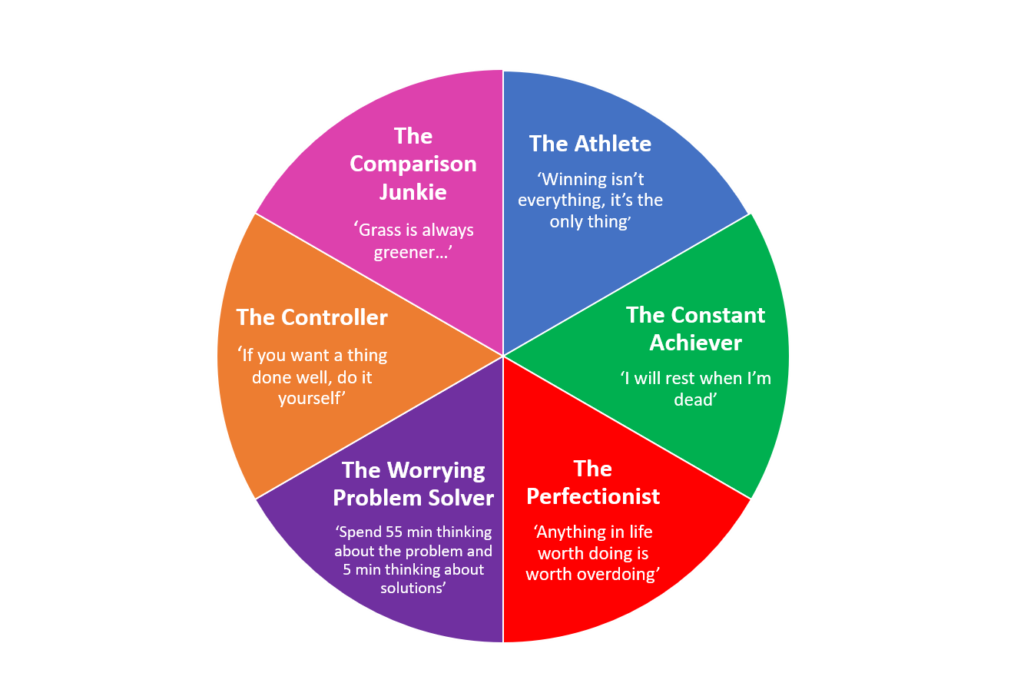Have you ever been on a team where:
-
- you spoke openly about difficult topics
- you viewed mistakes as a chance to learn
- colleagues went the extra mile for each other, and
- you capitalized on everyone’s differences?
Then you’ve probably experiences the potency of psychological safety.
Defined by Amy C. Edmondson as “a belief that the context is safe for interpersonal risk-taking – that speaking up with ideas, questions, concerns, or mistakes will be welcomed and valued”, Psychological safety is a critical ingredient for groups to be engaged, to learn and to succeed.
Why psych. safety matters more than ever
Today the work many of us do is highly cognitive. It requires us to solve complex problems and find creative solutions to new challenges. Collaboration and the ability to get the best out of a diverse group is one of the biggest leadership challenges we face. In this uncertain and fast paced world, everyone’s voice could be business critical. Leaders who fail to create a climate where that voice can be raised freely, without fear of the consequences, risk missing out on opportunities and disengage the organization’s best people.
Employees who are not engaged or who are actively disengaged cost the world $7.8 trillion in lost productivity, according to Gallup’s State of the Global Workplace: 2022 Report. That’s equal to 11% of global GDP.
On this flipside companies that report high psychological safety experience:
-
- 76% more engagement
- 50% more productivity
- 74% less stress
- 57% workers more likely to collaborate
“No one comes up with a good idea when being chased by a tiger”
How to build Psychological Safety in a team
Psychological Safety is gained over time through intentional actions. It is something that is built in drops but lost in buckets.
I work with vastly different teams who want to improve their collaboration – from leadership teams to startups and global HR teams. In my experience, teams can significantly improve their level of psychological safety in just a few months by making it a priority.
I’m certified in the Fearless Organization tool – a method for measuring and developing psychological safety, based on over 30 years of research.
The work I do with teams usually follows these 4 steps:
1. 1-1 meeting with the team leader
2. Team completes the online Fearless Organization Scan
3. Debrief workshop when we look at specific areas for improvement and develop an action plan. The team then works intentionally with the identified behaviors.
4. A follow up online scan after 2-4 months followed by a new workshop to discuss and learn. Regular measurement, support and dialog.
“Start with the common goal. Then make psychological safety a common project.” Amy C. Edmondson
In the coming weeks I’ll post about the 4 dimensions of psychological safety, highlighted in the Fearless Organization book by Amy Edmondson, and tools to improve them:
-
- Open Conversation
- Attitude Towards Risk & Failure
- Willingness to Help
- Inclusion & Diversity
I hope you’ll join me in discussing ways we can build open, engaged and effective teams.
First up next week is: Open Conversations




